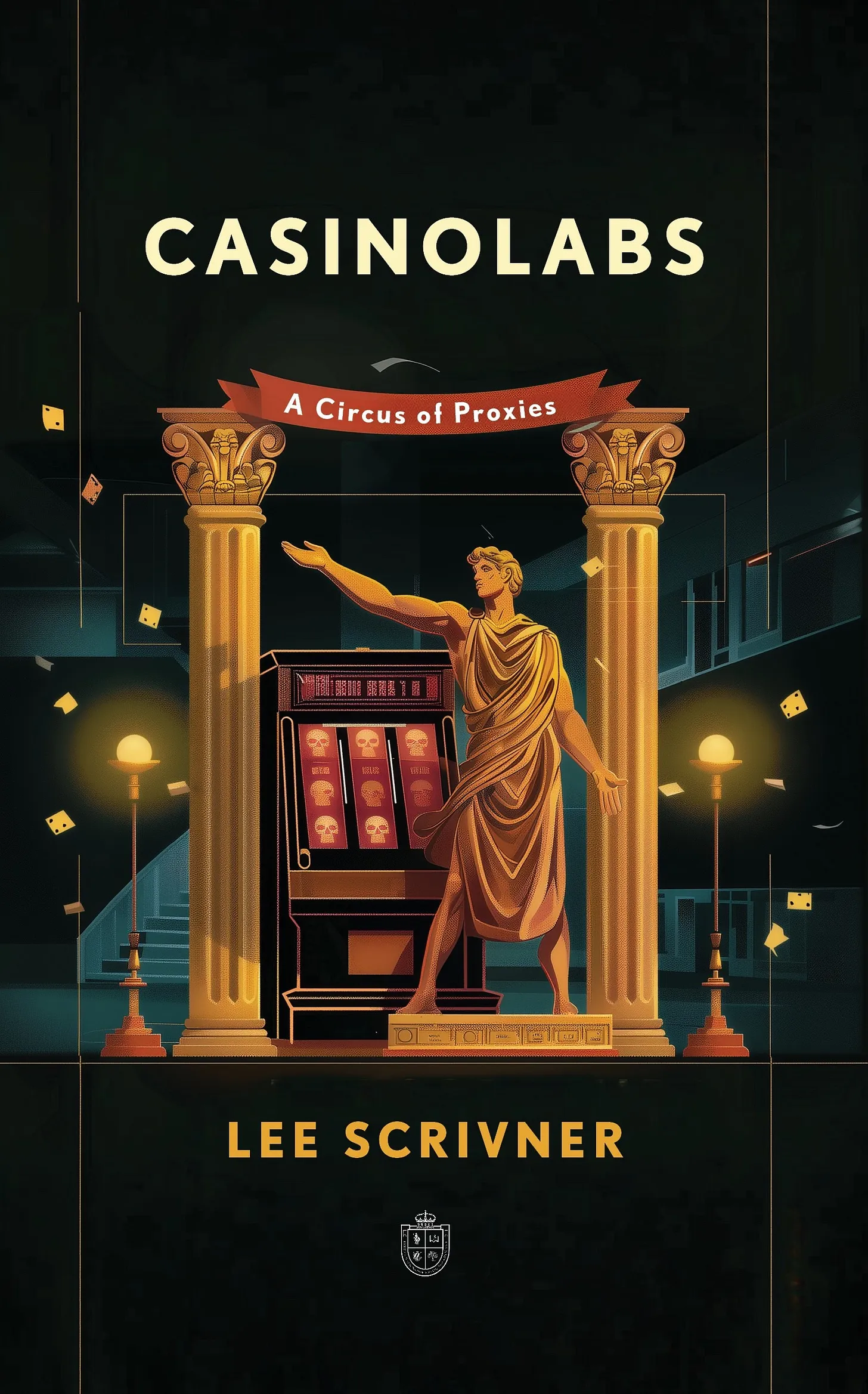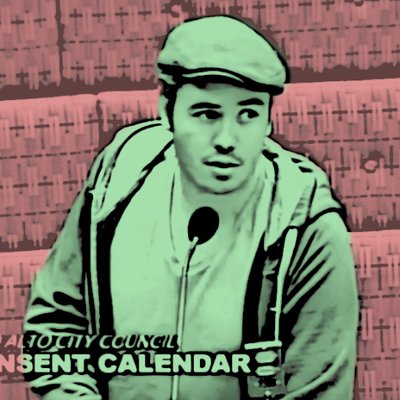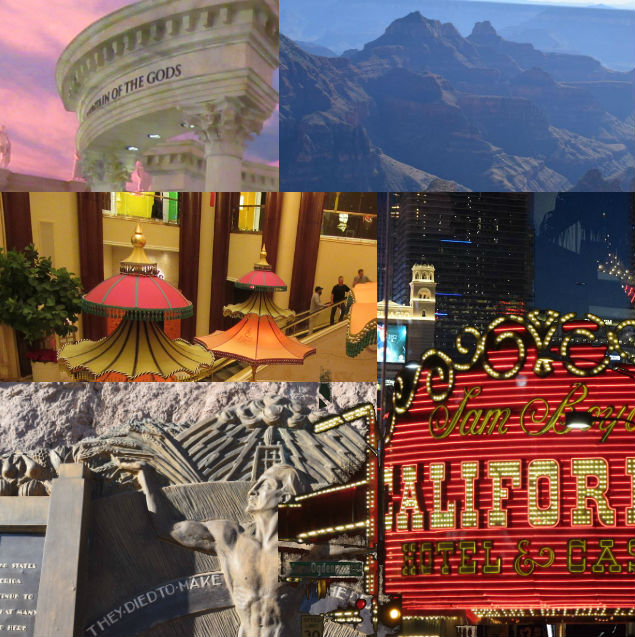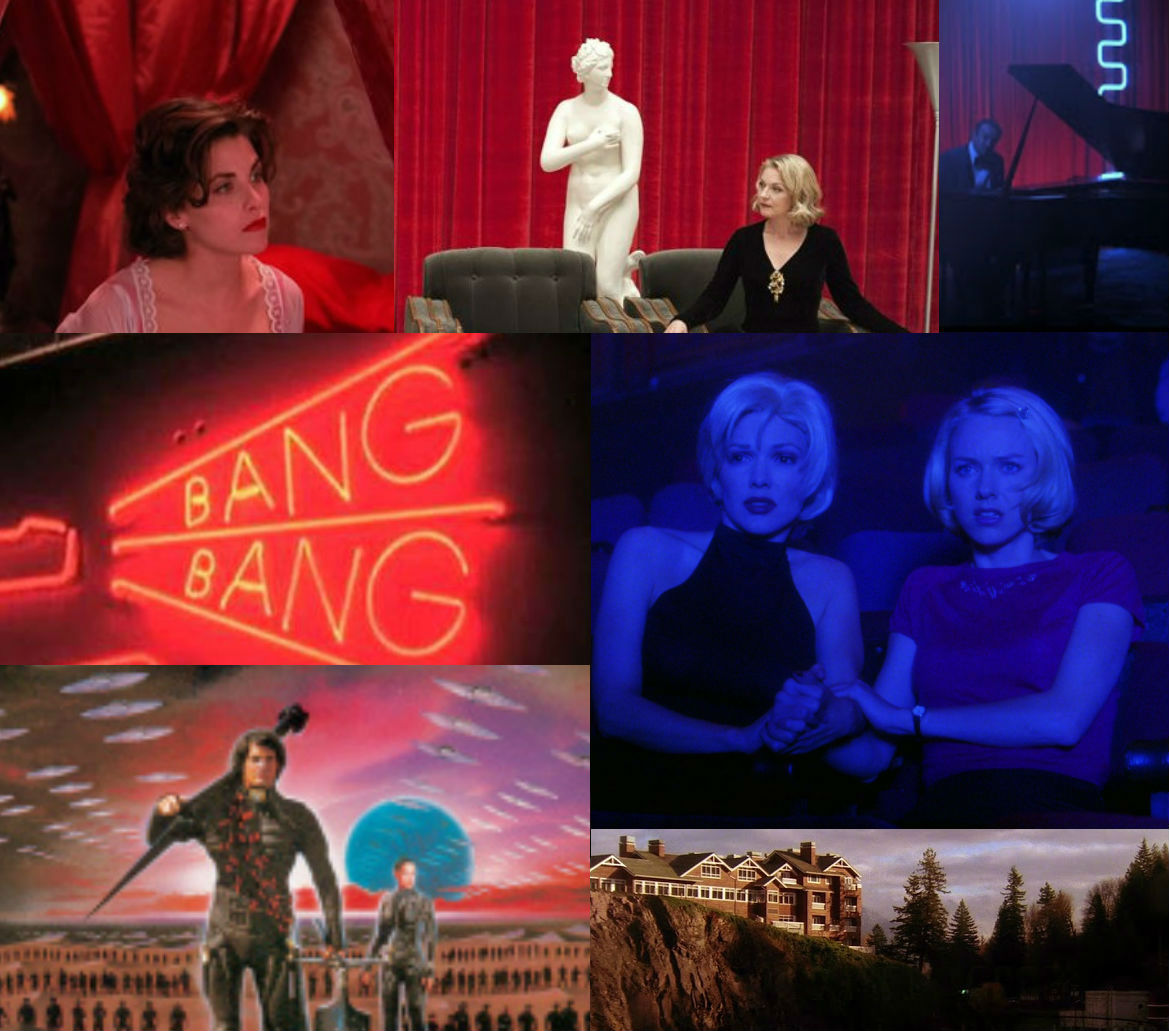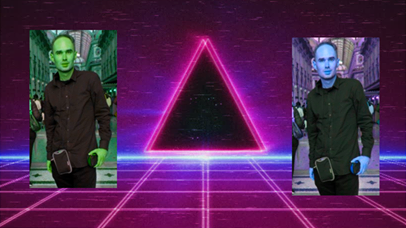Topics:
Robert Stark and Matt Pegas speak with Lee Scriver about his novel Casinolabs, which is a psychological thriller set in Las Vegas. Casinolabs is published by Imperium Press and is also available on Amazon. Also, check out Robert’s review of Casinolabs. Lee is a former adjunct professor at UNLV, is known for his satirical avant-garde arts manifestos, and is the author of Becoming Insomniac. Subscribe to Lee on substack and check out his Youtube channel.
Topics:
-How Lee found artistic success in London including performing at the Tate Britain
-Whether Americans are philistines about culture
-How Lee ended up sharing a dressing room with Yoko Ono in London
-How Lee’s upbringing in Vegas inspired Casinolabs
-Lee’s dad, who dealt with the darker underbelly of Vegas as a crisis counselor
-Why explicitly rightwing art fails
-How literary agents filter out people on identity issues
–The Las Vegas Review Journal’s review that compared Casinolabs to the show Severance
-Contrasting GenX alienation in Casinolabs and Bret Easton Ellis’s work with the millennial/zoomer incel trope in Robert’s novel Vaporfornia and Matt’s novel Dragon Day
-How Casinolabs is fundamentally a critique of atomization, the breakdown of families, and a lack of meaning crisis
-The parallels between the Casinolabs casino design firm deconstructing Vegas history and the protagonist Morton getting his brain fried
-Why Casinolabs only partially veers into magical realism
-The labyrinths in Casinolabs and Vaporfornia as the backrooms
-Philosophical questions about fate vs random coincidences
-Lee’s early job at Caesars Palace
-Finding deeper meaning out of post modernist themed casinos in Vegas
-Minimalist renovations that erase Vegas’s limited cultural inheritance
-The symbolism of the Vegas Sphere as a giant phone screen that is malleable
-Contrasting today’s Vegas with the older stage of capitalism where every man was a king
-Is Vegas dying?
–Woke inspired minimalist renovations
–Vegas and Disneyland as Baudrillard’s simulacrum
-Planned suburbia as the counterpart to the Vegas strip
-Robert and Matt visiting Mount Charleston recently
-How the overstimulation of Vegas drove Lee to asceticism
-Lee’s paganism and thoughts on the pagan professor Wallingford in Matt’s Dragon Day
Click Here to download!
Checkout Robert Stark’s Facebook page, Twitter, Instagram, Stark Truth TV, novel Vaporfornia, and subscribe to his Substack.
